Orthotic Information
& Footwear Adjustments
Disappointed with your orthotic supports?
More and more patients are attending our clinic who have previously been issued with orthotic supports. Many of these patients are extremely disappointed that their supports have either been too uncomfortable to wear or that wearing them has made no appreciable difference to their symptoms.
Patients will often say things like “I just feel like I need more support”. In my opinion there are two main reasons for the lack of positive outcomes in these patients but before looking at those it may be worth looking at what the results of your devices not working are. Firstly and most importantly you are still in pain.
Secondly you may have developed some distrust of Podiatrists, particularly if you have paid a large amount of money for supports at a private clinic. If seen through the NHS system you may be frustrated that the whole process taken up to so long. Finally and most worryingly you may have been told that as your devices haven’t helped, you will need to be referred to a surgeon for a possible operation.
Why they may not fit
The biggest change in orthotic support manufacture in the past 20 years has been the manufacture of “Pseudo custom” orthotics. This means that instead of the casts your Podiatrist took being used as the exact shape for your supports, the manufacturer simply uses it as a template and uses a computer to come up with a device that is similar in shape but not an exact fit.
They do this by utilizing preformed generic profiles held inside a computer program. Sometimes the Podiatrist doesn’t even know that what they are being sold is nearest fit generic shaped support. You are told the devices you are buying are custom made and you are charged the full price of a custom orthotic but what you receive is a support made in a similar way to a support you can buy off the shelf.
By not fitting properly this devices can be extremely uncomfortable and may exacerbate your symptoms by forcing your foot into position which is detrimental to your particular foot pathology.
NHS Changes
Many NHS clinics have had their budgets so severely cut that they can no longer issue custom orthoses and instead now only issue off the shelf devices similar to those which can be bought in sports shops and pharmacies.
The devices have two main problems
1. They don’t fit as well as a custom orthotic and
2.They have a very short functional life span, which necessitates them being continually replaced.
A fully custom orthotic should have a lifespan of up to 20 years. Not fitting properly means that they may actually exacerbate your symptoms.
Conclusion
The changes in orthotic therapy outlined above have in my opinion caused a severe deterioration in orthotic outcomes both in the NHS and in private practice and as such represent a real step back for our profession and for the patients we treat. Many of the patients that attend my clinic with ill-fitting orthoses do very well when issued with fully custom devices and many avoid having to go through painful surgical procedures.
By issuing poor fitting devices, which ultimately produce less than optimum results we are also putting more strain on other parts of the health provision system which ultimately creates more expense. Sadly it has also lead to decline in the public perception of what we in the Podiatry profession do.
For a fuller explanation of information above we have published an article which was published by David Hallowell in the UK Journal of Podiatry in 2017.
Common Footwear Adjustments
Common Footwear Adjustments
The most common footwear adjustments we are called to make are to the midsole of the shoe. These may be simple heel raises for patients with severe leg length differences or they may be angle wedged to allow force to be applied to the foot in a particular direction and thus reinforcing the function of any device being used inside the shoe. We can also make accommodative changes to the upper of the shoe in order to reduce pressure on bony or soft tissue prominences.
Lump and Bump Bubbles
We can create a bubble accommodation in most shoes to facilitate lumps and bumps. This can be done with simple bubble stretching or by making a custom bubble insert.
Standard Heel Raise
Normally used in conjunction with a heel raised insole or orthotic. This allows a large leg length discrepancy to be reduced whilst not appearing obtrusive.
Eversion/ Inversion Wedging
Used in conjunction with a stabilising orthotic, this modification prevents compression of the midsole laterally or medically and therefore augments the function of the device inside the shoe.
Transverse Offset Rocker Facilitation Heel Raise
This is a heel raise which is set at an angle within the mid-sole of the shoe in order to facilitate the use of angulated rocker. The front edge corresponds to the fulcrum of the rocker and facilitates even greater function. This is used for patients who are severely laterally unstable and have a plantarflexion deformity but who have enough mobility in their rearfoot to allow them to be rocked both forward and medially
